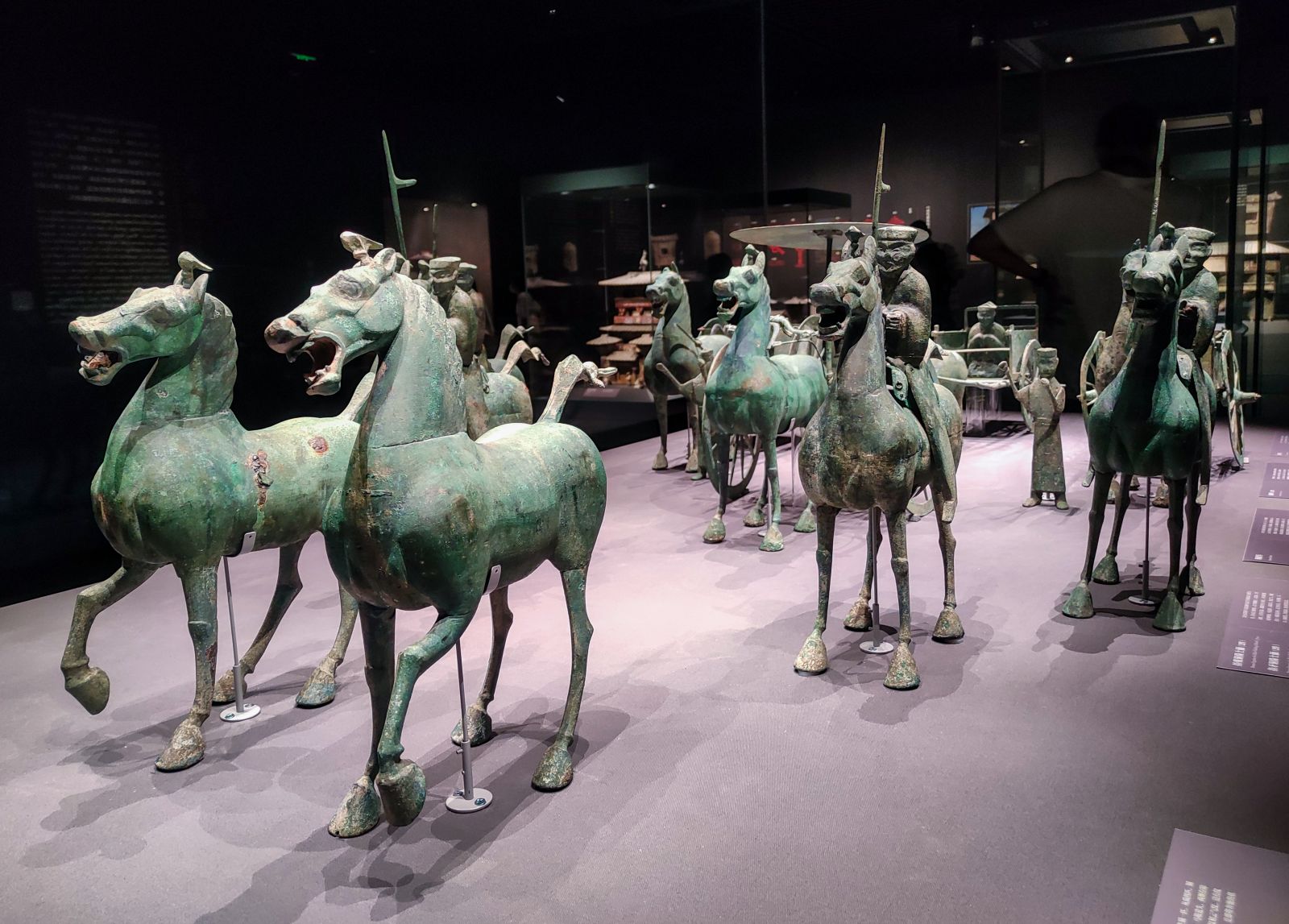Chinese Name: 杭州博物馆 Pronunciation: háng zhōu bó wù guǎn
Building Time: 2001
Recommended Time for Visit: 1-2 Hours
Occupied Area: 24,000 square meters
Best Visiting Season: All year round
Building Function: Preservation of cultural heritage
Address: No. 18, Liangdaoshan, Shangcheng District, Hangzhou city, Zhejiang Province
Admission Ticket Fare: Free (Visitors should register on the official WeChat Account “Hangzhou Museum” in advance.)
Opening Hours: 9:00-16:30 (No admission after 16:00,Hangzhou Museum is closed every Monday (except statutory holidays).)
| Tour Guide Service | Price |
| 15 people or less | 20 yuan |
| more than 15 people | 30 yuan |
| Note: Tour guide service above is voluntary consumption. | |

Hangzhou Museum, located in Wushan, the West Lake Scenic Area, Hangzhou City, Zhejiang Province, China, is adjacent to Wushan Square and Hefang Ancient Street and it is a historical and cultural district in Hangzhou. Hangzhou Museum covers an occupied area of 24,000 square meters, a building area of 13,000 square meters, and an exhibition area of 7,000 square meters. The museum has a collection of more than 10,000 pieces, covering various cultural relics such as ceramics, works of calligraphy and paintings, jades, seals, coins, and postage stamps.
Hangzhou Museum is a comprehensive and humanistic museum that showcases the collection of various cultural relics and the historical changes of Hangzhou City. It is one of the most influential museums in Zhejiang Province and an important museum whose level of collection, exhibition, and cultural activities is at the forefront among the museums in Hangzhou. Hangzhou Museum was formerly known as Hangzhou History Museum which was opened in October 2001. After years of development and innovation, Hangzhou Museum has become a window of Hangzhou history and culture with rich cultural relics, exquisite exhibitions, and excellent facilities.
The exhibitions of Hangzhou Museum are divided into three parts, Treasures of Hangzhou—Cultural Relics Exhibition, The Best Memories of Hangzhou—Hangzhou History and Culture Exhibition, and The Temporary Exhibition. Among them, the Treasures of Hangzhou Exhibition exhibits the exquisite cultural relics unearthed in Hangzhou over the years, the immovable cultural relics of Hangzhou, the exquisite works of calligraphy and paintings, the treasures of the study, postage stamps, and so on. Based on historical data, evidence, figures, and events, the Best Memories of Hangzhou—Hangzhou History and Culture Exhibition shows the development path of Hangzhou, representing the 8,000-year history of its profound heritage.
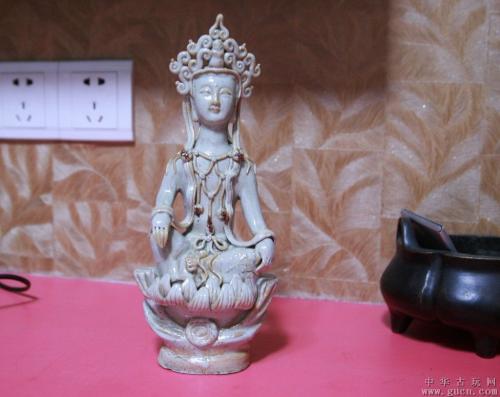
Many cultural relics in Hangzhou Museum belong to the Neolithic Age. The museum is especially well known for its collections of ceramics, paintings, works of calligraphy, and jades. Its most precious treasure is the Warring States Crystal Glass. Other treasured cultural relics include the imperial kiln porcelain of the Song Dynasty (960-1279), the round fans with patterns of flowers and birds, the Blue and White Porcelain Guanyin Statue of the Yuan Dynasty (1271-1368), and the paintings and works of calligraphy of the Zhe School and the Wulin School of Painting in the Ming Dynasty (1368-1644) and the Qing Dynasty (1636-1912).
These cultural relics enjoy a high reputation both at home and abroad and contain profound cultural connotations and reflect different histories. The different development paths of these relics in different historical periods fully demonstrate the long-standing culture of Hangzhou. Since 2012, the annual visitor flow of the Hangzhou Museum has exceeded one million. In 2017, Hangzhou Museum has officially become a national first-class museum, a patriotic education base in Zhejiang Province, and a Demonstration Museum of Civilization in Hangzhou.
Hangzhou Museum was founded in 2001.
Hangzhou History Museum was officially opened to the public on October 8, 2001.
On June 9, 2012, Hangzhou History Museum was officially upgraded to Hangzhou Museum.
On May 18, 2017, Hangzhou Museum was awarded as one of the national first-class museums.
The Best Memories of Hangzhou—Hangzhou History and Culture Exhibition is in the south exhibition hall of the museum. This exhibition systematically displays the narrative exhibition of Hangzhou’s historical development, cultural heritage, and humanistic spirit with the theme of “The Best Memories of Hangzhou”. Taking the city as the subject, history as the context, people as the clue, and “experiencing Hangzhou” as the core, the exhibition uses the combination of “city, history, and people” to shape the overall image of Hangzhou city, telling various stories in Hangzhou, and permeating Hangzhou’s sense of art.
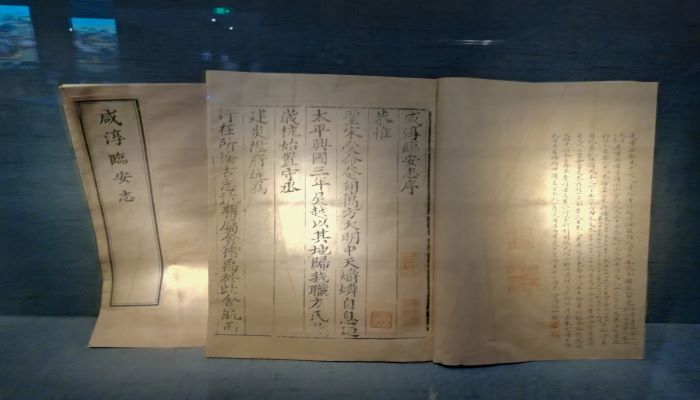
The Best Memories of Hangzhou—Hangzhou History and Culture Exhibition does not show all aspects of Hangzhou’s history and culture but captures the shining or key points in the history and culture of Hangzhou to highlight the theme of “The Best Memory of Hangzhou” in terms of the content and structure of the exhibition. It also integrates the historical development context into one, forming a new display art style with scattered perspectives to reflect the impression of Hangzhou. The exhibition spaces are connected, and it is conducive for the audience to wander through the different areas of the exhibition and visit the wonderful exhibition.
The exhibition combines scenes, models, virtual digital technologies, integration of sound, light and electricity, and other intelligent display methods in the exhibition, showing traditional cultural heritages such as poetry, works of calligraphy and paintings, operas, and legends.
Based on the chronological order, the whole exhibition is divided into five parts-Prehistoric Times (from about 1.7 million years ago to the 21st century BC) to the Six Dynasties (222-589) Exhibition; the Sui Dynasty (581-618), the Tang Dynasty (618-907) and the Five Dynasties (907-960) Exhibition; the Northern Song Dynasty (960-1127) and the Southern Song Dynasty (1127-1279) Exhibition; the Yuan Dynasty, the Ming Dynasty and the Qing Dynasty Exhibition; the Republic of China (1912-1949) Period Exhibition. The whole exhibition shows the 8,000-year history of civilization and the 5,000-year history of city construction in Hangzhou.
In Prehistoric Times to Six Dynasties Exhibition, the simulated soil layer restored the archaeological excavation site, allowing visitors to have a deeper understanding of the history of this period.
In the Sui, the Tang, and the Five Dynasties Exhibition, through virtual shooting games, visitors will experience the history of the management of the Qiantang River flood in the Wuyue Kingdom. Besides, the exhibition hall uses multimedia to display 100 poems written by Bai Juyi-a realist poet in the Tang Dynasty, creating a dreamlike poetic atmosphere of ink and wash.
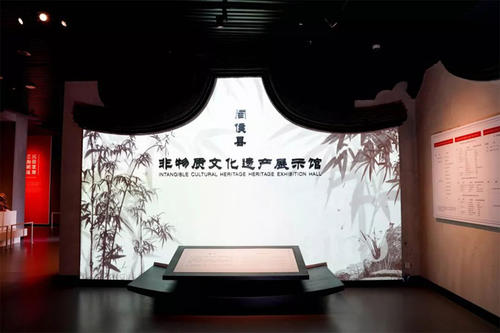
In the Northern Song and the Southern Song Dynasties Exhibition, through virtual documents, a projector, and three-dimensional animation, the urban pattern and the bustling city style are vividly presented. Through interactive video on demand and comparison between ancient and modern, visitors could understand the folktales of Lin’an City (today’s Hangzhou) in the Southern Song Dynasty. For example, the story about Su Shi (a litterateur in the Northern Dynasty) and “Suyou Cake” (kind of crisp fried cake in China) is shown in the form of interesting animation.
In the Yuan, the Ming, and the Qing Dynasties Exhibition, based on the architectural structure of the exhibition hall, the stone sculptures of the Yuan Dynasty and the Wenlan Pavilion of the Qing Dynasty are exhibited in separate spaces. They are also part of the main contents of the exhibition. Furthermore, the bustling scenes of markets around West Lake in the Ming Dynasty are reproduced through the method of miniature models.
In the Republic of China Period Exhibition, the outstanding posture of the gentlemen in the Republic of China is deduced through multi-level three-dimensional stage scenes and a multi-level combination of bronze sculptures and videos. Visitors can click “like” buttons on the electronic screen for leaving messages to express their experience of face-to-face with history.
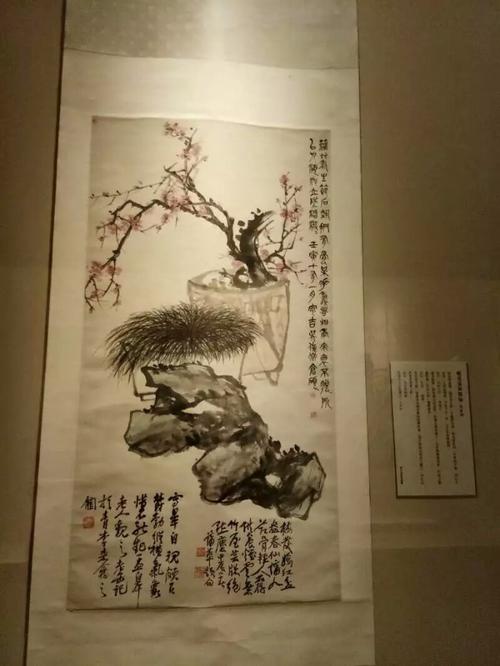
The Calligraphy and Ink Washing Paintings Exhibition is on the second floor of the north exhibition hall of Hangzhou Museum. Chinese calligraphy and ink washing paintings arts have a long and profound history and are the excellent traditional art in China. And various schools of paintings and calligraphy are cultivated here.
This exhibition has a collection of paintings and calligraphy works of many artists. Some paintings feature bright colors, for example, the Gourd and Autumn Chrysanthemum Scroll painted by Wu Changshuo in the Qing Dynasty. Some paintings are elegant ink paintings, for example, the Bamboo and Stone Scroll painted by Pu Hua in the Qing Dynasty.
The calligraphy works in this exhibition include Official Script, Regular Script, Running Script, etc. For example, the Official Script Scroll, by Wang Shimin in the Ming Dynasty, was written with a brush pen made by weasel’s hair, revealing a simple, solemn, and subtle peculiarity. Besides, there is also an ancient poetry scroll which is about the trivial daily life of the emperor or the depression and melancholy of the women in the imperial palace written by Liu Yong in the running script of the Qing Dynasty.
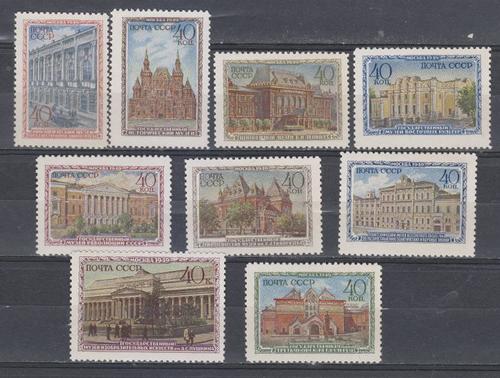
Hangzhou Museum has a large collection of rare postage stamps issued by countries all over the world, and the stamps have thus formed an indissoluble bond with Hangzhou’s history and culture. The Hangzhou-themed postage stamps issued by China Post over the years have refined Hangzhou’s unique natural and humanistic themes and are the symbols of Hangzhou. Through the postage stamps, the beautiful scenery and cultural heritage of Hangzhou have been spread throughout China and even the rest of the world.
Hangzhou has a long history and a rich humanistic background. It is one of the seven ancient capitals in China and a world-famous scenic tourist city. The underground of Hangzhou contains rich historical and cultural relics, such as the Kuahuqiao Site(an acient bridge with valuable relics around this site) and the site of Liangzhu Culture(acient civilization in lower Yangtze region ), which opened a new page in the archaeological history of Zhejiang Province. The exquisite cultural relics unearthed in Hangzhou and the sites on which they rely are traced back to the long history of this famous city.
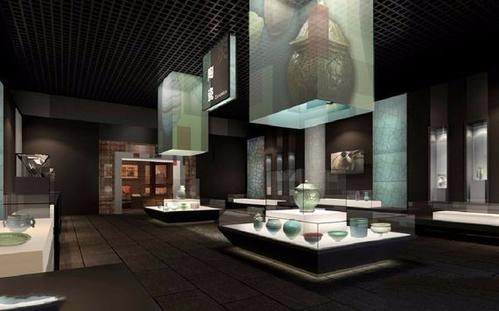
Since the Yuan Dynasty, Hangzhou has been a provincial city, and Hangzhou was gradually dotted with cultural relics and historical sites. These cultural landscapes and natural environments are integrated and complement each other, forming Hangzhou’s elegant and harmonious urban characteristics. These characteristics reflect the unique features of this historical and cultural city and the cultural heritage of urban changes.
This exhibition mainly exhibits the unearthed cultural relics from Liangzhu, Yuhang(in Hangzhou city), Banshan Tombs Group of the Spring and Autumn Period and the Warring States Period, the Kang Mausoleum of the Wuyue Kingdom, Lin’an City in the Southern Song Dynasty, and Zhaoqing Temple in the Ming Dynasty.
Surrounded by West Lake, Hangzhou is a historical and cultural city as well as a scenic tourist city. Relying on the lakes and mountains, it not only contains profound historical and cultural relics underground but also has various cultural relics and historical sites on the ground.
In Hangzhou, there are numerous immovable cultural relics of different periods from the Neolithic Age to the period of the Republic of China. The cultural relics involve all categories of immovable cultural relics, including ancient buildings, ancient mausoleums, ancient sites, stone carvings and statues, carved cliff inscriptions, tablets, former residences of celebrities, etc.
At present, there are 398 cultural monuments and relics in Hangzhou, including 24 monuments under state protection, 93 monuments under provincial protection, and 305 monuments under the municipal protection. When it comes to the number of cultural monuments under state protection, Hangzhou ranks first among the seven ancient capitals in China. All scenic spots and historical sites here have their own merits.
The immovable cultural relics of Hangzhou constitute a cultural and historical network with a relatively complete cultural developing order and category system. And they have shown the historical richness, cultural diversity, and long-term cultural accumulation of Hangzhou. Furthermore, thanks to the wisdom and creation of ancestors in China, the immovable cultural relics in Hangzhou embody the perfect combination of human beings, nature, and culture.
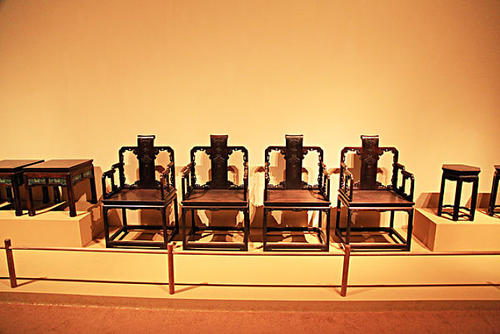
The study room is a place where different thoughts meet with each other. And the studio treasure is a manifestation of traditional Chinese culture and one of the expressions of historical and cultural connotations of Hangzhou. Studio treasures have always been elegant and luxurious, full of refined beauty. They are the symbols of the humanistic spirit and artistic taste of Chinese literati.
Guided by the idea of “studying the nature of things” advocated by Chinese literati, this exhibition mainly exhibits stationery accessories, studio cultural treasures, metal and stone seals, handwritten notes of ancient celebrities, furniture from the Ming and Qing Dynasties, etc. All exhibitions restore the fashion and details of ancient Chinese life and reconstruct the classic life image of Hangzhou.
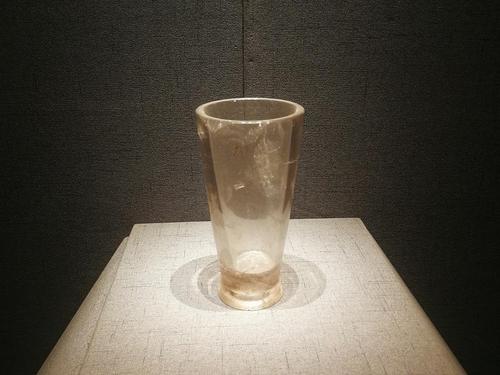
The Warring States (475BC-221BC) Crystal Glass has a height of 15.4 cm, a caliber of 7.8 cm, and a bottom diameter of 5.4 cm. The lip of the glass is open and flat; the body of the glass is obliquely flared; the bottom is round, and the heel of the glass is turned outwards, which is just like a modern glass. The whole body of the cup is plain and simple, transparent, and without ornamentation. And the glass has a light amber color. The surface of the glass is polished, and there are spongy natural crystals in the middle and bottom of the glass.
The Warring States Crystal Glass was unearthed in Shitang Town, Banshan District, Hangzhou in 1990. It is the largest piece of early crystal products unearthed in China so far. And in terms of its craftsmanship, it is also an unparalleled treasure, which is honored as “the most precious treasure” of Hangzhou Museum.
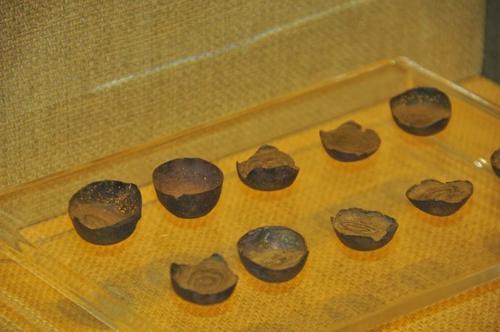
During the Southern Song Dynasty, Jinding and Jinpai (gold ingot, currencies made of gold) were mainly used for economic activities such as state expending, taxes, military expending, offerings, rewards, bulk commercial trades, overseas trades, and currency exchanges. They are extremely valuable and are important financial cultural relics. There are often some inscribed inscriptions stamped on Jinding and Jinpai, which are used to explain the fineness, purpose, producer, weight, etc. of these gold currencies.
In 1999, Jinding and Jinpai in Hangzhou Museum were unearthed at the intersection of West Lake Avenue and Ding’an Road in Hangzhou, the ancient capital of the Southern Song Dynasty. Jinding and Jinpai are bright in color, with inscribed inscriptions on both sides. They have very important historical value for studying the gold and silver currency circulation system and the local history of Hangzhou in the Southern Song Dynasty.
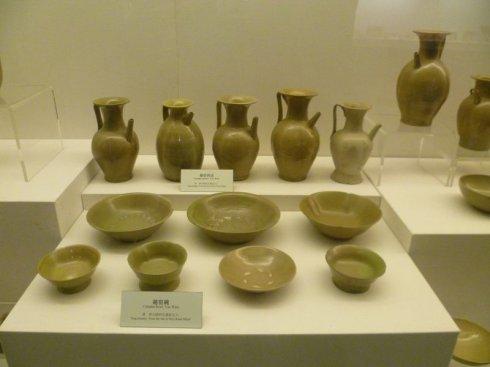
Early Yue kiln celadon was highly developed in the Western Jin Dynasty. At that time, animal shapes were applied to the celadon. The bear-shaped lamp holder is a typical example. The lamp is cylindrical overall, with an open top, a flat lip, and a hollow body. The celadon is shaped like a squatting bear, whose left front paw holds fruit and its right front paw rests on the right leg, and its ears are erected, which is extremely cute.
This celadon is daily-use porcelain, and its actual use is for lighting. This way of expressing the combination of practical utensils and animal shapes embodies the gentries’ unique aesthetic taste in the Six Dynasties.
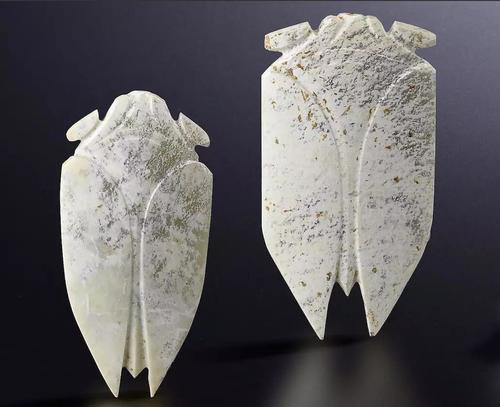
The Han dynasty jade cicada is 5.5 cm long, 3 cm wide and 0.7 cm thick. It is a grey jade and has a smooth jade quality. The jade cicada is flat and thin. Its head, wings, and abdomen are carved with thick intaglio lines, and the back wings are symmetrical, like lung lobes. The ancient Chinese admired the cicada very much. They thought it was noble and elegant, and preferred to use the jade cicada as a decoration.
Enter from the north gate of the museum→ The Best Memories of Hangzhou—Hangzhou History and Culture Exhibition (Prehistoric Times to Six Dynasties Exhibition→ Sui, Tang and Five Dynasties Exhibition→ Northern Song and Southern Song Dynasties Exhibition→ Yuan, Ming, and Qing Dynasties Exhibition→ Republic of China Period Exhibition)→ Treasures of Hangzhou—Cultural Relics Exhibition (Unearthed Cultural Relics Exhibition→ Overview of Immovable Cultural Relics Exhibition→ Calligraphy and Ink Washing Paintings Exhibition→ Studio Treasures Exhibition→ Postage Stamps Exhibition)→ Exit from the north gate of the museum.
Take bus 25, 8, 35, 40, or 59 and get off at the Wushan Guangchang Station. And then take a walk for about 500 meters to the north gate of Hangzhou Museum.
Take Metro Line 1 and get off at the Ding’an Road Station and exit C and take a walk for 400 meters to Huaguang Road. And then go through Huaguang Road for around 300 meters to the north gate of Hangzhou Museum.
Chinese: 请带我去杭州博物馆。English: Please take me to Hangzhou Museum.
If you go to Hangzhou Museum from the center of Hangzhou (Midtown Shangri-la, Hangzhou), it takes about 20 minutes (about 20 yuan).
If you go to Hangzhou Museum from Hangzhou Xiaoshan International Airport, it takes about 50 minutes (about 100 yuan).
If you go to Hangzhou Museum from Hangzhou East Railway Station, it takes about 30 minutes (about 40 Yuan).
